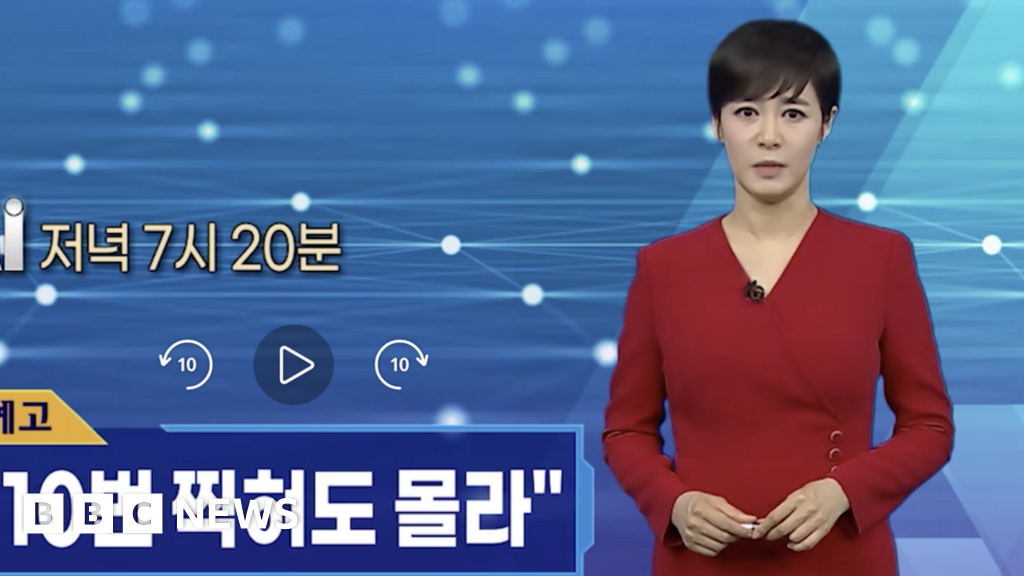K-Pop Deepfake Crisis: Stans, Scandal & Legal Action
Is the digital age witnessing a new form of exploitation, where artificial intelligence is weaponized to create non-consensual pornography, and if so, how are authorities responding? The rise of sophisticated deepfake technology has birthed a disturbing trend, with the creation and distribution of sexually explicit videos featuring real individuals, especially within the K-pop music scene, becoming a pressing concern.
The dark underbelly of the internet has, once again, revealed itself. In Seoul, South Korea, on August 30, 2024, activists donned eye masks and took to the streets, holding posters that proclaimed, "repeated deepfake sex crimes, the state is an accomplice too." Their protest underscored a growing public outcry against the misuse of artificial intelligence, specifically in the realm of deepfakes.
The core issue lies in the technology itself. Deepfake, as defined by experts, utilizes artificial intelligence to synthesize faces or specific parts of existing individuals, enabling the creation of hyperrealistic, yet entirely fabricated, videos. The potential for misuse is vast, but the current focus of concern rests on the targeting of female idols in the K-pop industry. These illegal videos, often sexually explicit in nature, are rapidly circulating online, causing significant distress to the individuals involved and sparking a broader discussion on digital ethics, privacy, and the limits of technological advancement.
Law enforcement has been mobilized to combat this evolving threat. Authorities have taken decisive action, formally detaining thirteen individuals and referring them to prosecutors. Moreover, around sixty participants in online chat rooms, where these videos were often shared and discussed, have been booked. The scale of these actions underscores the seriousness with which the South Korean government is approaching the issue.
The digital landscape offers numerous platforms for the dissemination of this content. Certain websites are openly advertising themselves as hubs for deepfake pornography. One such site, "Sexcelebrity," claims to be a leading platform, boasting a vast library of videos featuring popular personalities. Other platforms, such as "Mrdeepfakes," actively market celebrity deepfake porn, offering videos and images of actresses, YouTubers, Twitch streamers, K-pop idols, and other public figures.
The impact of deepfakes extends beyond the individual victims. The spread of this content can have a chilling effect on public discourse, eroding trust and potentially contributing to a culture of online harassment and abuse. The creation of realistic, fabricated videos also blurs the lines between reality and fiction, making it harder for individuals to discern truth and potentially leading to the spread of misinformation.
| Aspect | Details |
|---|---|
| Definition of Deepfake | Video edits using AI to synthesize faces or body parts, creating realistic but fake content. |
| Primary Target | Female K-pop idols are disproportionately targeted. |
| Nature of Content | Typically sexually explicit and non-consensual. |
| Legal Action Taken | Detentions, referrals to prosecutors, and booking of online participants. |
| Affected Agencies | JYP Entertainment, YG Entertainment, and others |
| Public Response | Protests, calls for stricter regulations, and increased awareness. |
| Platforms Used | Online chatrooms, websites specializing in deepfake porn, and social media. |
The prevalence of deepfake content related to K-pop idols is well-documented, and the issue has triggered a robust response from entertainment agencies. Yg entertainment, which includes idol group blackpink and babymonster, officially issued a statement on the 2nd, expressing serious awareness of the situation and the production and distribution of inappropriate deepfake content involving their artists. Twices agency, jyp entertainment, also announced legal action against the creators and distributors of illegal deepfake videos in late august.
The sophistication of deepfake technology continues to evolve, making it increasingly difficult to distinguish between reality and fabrication. One netizen demonstrated this by sharing deepfake video captures, where the faces of Twice members were superimposed onto other videos. The growing accessibility of this technology has amplified the potential for malicious intent and the scale of its impact.
The underlying motivations for creating and sharing deepfake content are varied, encompassing voyeurism, financial gain, and the desire to cause harm. The anonymity afforded by the internet makes it difficult to track down perpetrators and hold them accountable for their actions.
| Platform Type | Examples | Role |
|---|---|---|
| Dedicated Deepfake Websites | Sexcelebrity, Mrdeepfakes | Primary distribution and monetization of deepfake content. |
| Online Chatrooms | (Specific names not provided, but implied) | Sharing and discussion of deepfake content. |
| Social Media Platforms | (Implied, platforms not explicitly named) | Potential for distribution and promotion of deepfake content. |
| Erotic Content Platforms | Erome | Sharing of erotic pics and videos |
The rise of deepfakes also intersects with pre-existing issues within online spaces. The demand for Asian-based adult movies is reportedly high. Platforms like erome are used by people to enjoy free photos and videos. The proliferation of such content highlights the challenges of regulating the internet and the constant tension between freedom of expression and protection from harm.
The fight against deepfakes is multi-faceted. It involves technological advancements, legislative efforts, and changes in societal attitudes. The development of detection tools is crucial, as is enacting laws that criminalize the creation and distribution of non-consensual deepfake pornography. Moreover, educating the public about the risks of deepfakes and promoting digital literacy are essential steps in mitigating the damage this technology can cause.
| Challenge | Countermeasure |
|---|---|
| Rapid Technological Advancement | Development of robust detection tools; continuous adaptation of defense mechanisms. |
| Difficulty in Attribution | Advancements in forensic analysis; international cooperation in tracing perpetrators. |
| Anonymity and Global Reach of the Internet | International collaboration to enforce laws; increased regulation of online platforms. |
| Erosion of Trust and Misinformation | Public education and awareness campaigns; promotion of media literacy and critical thinking. |
| Victim Blaming and Shaming | Legal protection for victims; challenging and changing societal attitudes. |
| Demand for Explicit Content | Addressing underlying societal factors; promoting ethical content creation. |
The emergence of deepfakes represents a collision between technology and societal values, posing fundamental questions about privacy, consent, and the responsible use of artificial intelligence. As the technology continues to evolve, the ongoing struggle to combat the misuse of deepfakes is a battle that demands vigilance, innovation, and a commitment to protecting the rights and dignity of all individuals.


